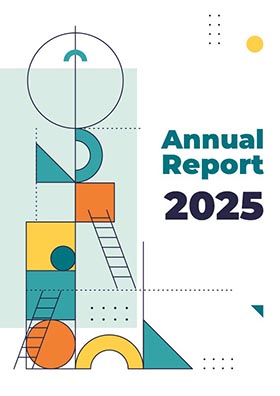On 13 September 2022 , Dr. Abedelmajeed Nasereddin and Dr. Suheir Ereqat published a new study in PLOS Neglected Tropical Diseases journal titled Effectiveness of insecticide thermal fogging in hyrax dens in the control of leishmaniasis vectors in rural Palestine: A prospective study.
The article aimed to examine the effectiveness of thermal fogging with pyrethroids in rock hyrax dens to reducing sand fly density and Leishmania spp. infection in Tayasir, Tubas district, Palestine. The results showed among 11427 collected sand flies, 7339 (64%) were females and 1786 (16%) were Phlebotomus spp. comprising ten species; P. sergenti was the dominant (n = 773, 43%). We report P. arabicus (n = 6) for the first time in Palestine. After fogging, Phlebotomus spp. AR was 93% at 36hrs, 18% and 38% at two and five weeks respectively and 41% during the complete post-intervention period. In the regression models, Phlebotomus spp. density in the intervention site decreased by 74% (IRR: 0.26, 95%CI: 0.11–0.57) at two weeks, 34% (IRR: 0.66, 95%CI: 0.48–0.90) at five weeks and 74% (IRR: 0.26, 95%CI: 0.12–0.59) during the complete period. The density of Leishmania infected sand flies decreased by 65% (IRR: 0.35, 95%CI: 0.26–0.48) at five weeks and 82% (IRR: 0.18, 95%CI: 0.07–0.42) for the complete period (zero infections until week two). Leishmania infection prevalence in the intervention site was 14% pre-intervention and 3.9% post-intervention. The study emphasized the importance of hyrax dens fogging, which reduced sand fly abundance and leishmania infection during the 5-week post-intervention period and especially the first two weeks suggesting it could be an effective source-reduction measure for ZCL vectors.
For more information about the study, please contact the main author at This email address is being protected from spambots. You need JavaScript enabled to view it. or the scientific research office at This email address is being protected from spambots. You need JavaScript enabled to view it. .


